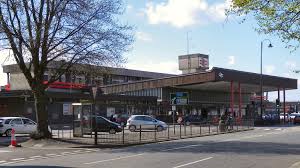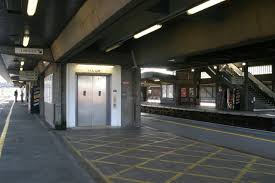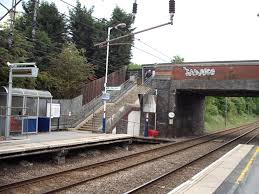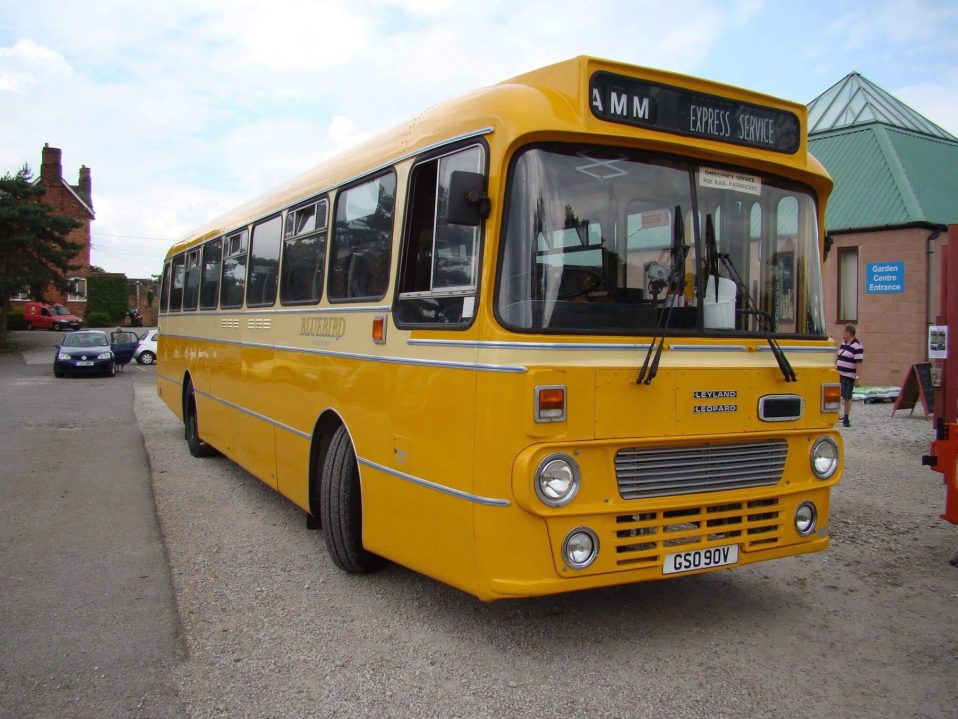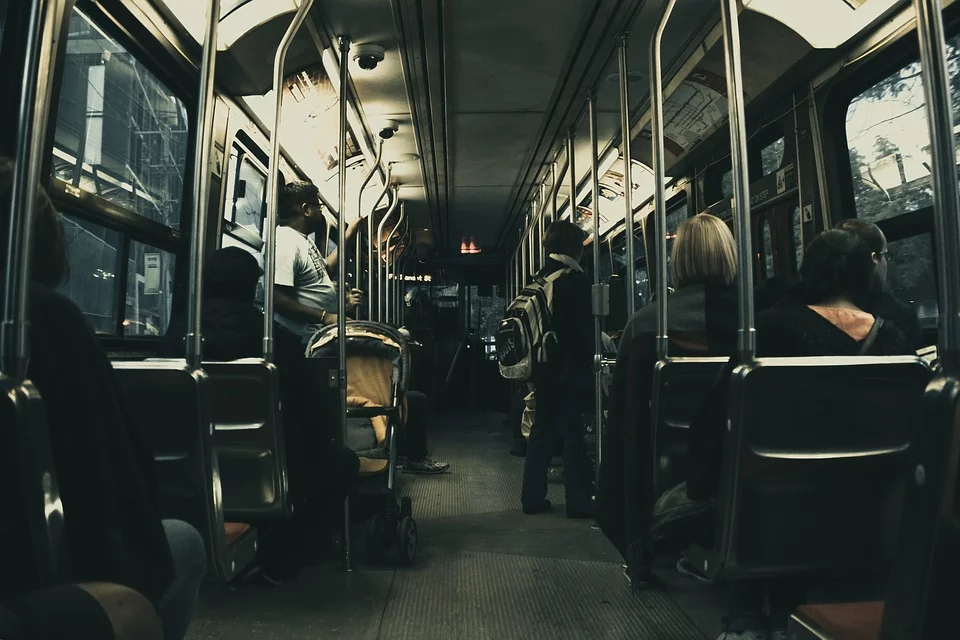Access to rail is important for residents and visitors and it is important that the stations and platforms are accessible and that the station is convenient for the shops and services. If the station is not near the centre, bus and taxi services are important.
There are 2 train stations in the borough. Stafford is served by West Midland, London North West, Avanti (formerly Virgin), and Cross Country.
There are 2 train stations in the borough. Stafford is served by West Midland, London North West, Avanti (formerly Virgin), and Cross Country.
Stone is served by West Midland.
The trains themselves must be accessible to all users and, if there is a step between platform and carriage, ramps should be provided and staff assistance available for the mobility impaired. Timetables are also important to ensure that a round trip is possible to the destination.
The trains themselves must be accessible to all users and, if there is a step between platform and carriage, ramps should be provided and staff assistance available for the mobility impaired. Timetables are also important to ensure that a round trip is possible to the destination.
The facilities in the borough can be accessed by public transport (train or bus), by taxi, by car or by cycling or on foot.
A frequent bus service is important but it is not economic to provide a bus link to every part of a town or village. However, there are many bus routes serving the borough. See route details.
Additionally the buses must be accessible. Typically buses will “stoop” to allow access and ramps are available for wheelchair access which the driver can deploy. Unfortunately most buses have limited space for wheelchairs and pushchairs and may not be able to accommodate motorised wheelchairs or scooters. Bus companies should be checked before attempting to travel.
Additionally the buses must be accessible. Typically buses will “stoop” to allow access and ramps are available for wheelchair access which the driver can deploy. Unfortunately most buses have limited space for wheelchairs and pushchairs and may not be able to accommodate motorised wheelchairs or scooters. Bus companies should be checked before attempting to travel.
Taxi services are the most convenient means for non-car users but also most expensive, although sharing reduces the cost. Also specially adapted taxis may be necessary for wheelchair users. Not all taxis have this facility and it is wise to contact the firm or Stafford Borough Council who licence them. See more details. A list of accessible taxis can be found here. Stafford Borough is working towards 100% accessible taxis but is not there yet.
The private car may be the only way to get to places with no train or bus service. There still needs to be parking options on arrival and these need to be convenient to the facilities according to the travellers’ needs and abilities.
The private car may be the only way to get to places with no train or bus service. There still needs to be parking options on arrival and these need to be convenient to the facilities according to the travellers’ needs and abilities.
In larger settlements, there will normally be public car parking, which will typically be chargeable. Some shops will have their own parking, which may be chargeable and obviously convenient to those shops. Smaller settlements and shops may rely on street parking assuming no restrictions. See more details.
Disabled drivers are able to apply for blue badges depending on their level of disability. These badges allow the person to park in otherwise unavailable places for instance on single yellow lines. You can apply for a Blue Badge from Staffordshire County Council here .
Disabled drivers are able to apply for blue badges depending on their level of disability. These badges allow the person to park in otherwise unavailable places for instance on single yellow lines. You can apply for a Blue Badge from Staffordshire County Council here .
Some pay carparks allow blue badge holders to park free but this depends on the site and you should read the signs giving parking fees to see whether charging applies.
Many public and shop owned car parks have spaces specifically reserved for blue badge holders. Carparks may also reserve specific spaces for parents with children. These special spaces are typically wider to allow for wider door opening. The spaces will be identified by pictures of a wheelchair or of a mother and child painted in the space.
Many public and shop owned car parks have spaces specifically reserved for blue badge holders. Carparks may also reserve specific spaces for parents with children. These special spaces are typically wider to allow for wider door opening. The spaces will be identified by pictures of a wheelchair or of a mother and child painted in the space.
Some town centres have strict parking restrictions barring people from stopping even for a quick visit to a shop, although some of these allow disabled access. These areas will be identified by signage defining the restriction.
Carparks can be open space, covered or, in the case of larger towns, multi-story with stairs and lifts. Their surfaces are usually concrete or tarmac but could possibly be grass or carpet mesh. They are shared space between cars and pedestrians and so take care when walking across them.
Carparks can be open space, covered or, in the case of larger towns, multi-story with stairs and lifts. Their surfaces are usually concrete or tarmac but could possibly be grass or carpet mesh. They are shared space between cars and pedestrians and so take care when walking across them.
Larger carparks will sometimes have specific pedestrian routes marked out to separate cars from people often identified by a walking man symbol on the surface. Because there is traffic movement, the surface can become damaged and uneven, which can be dangerous for wheelchairs and for those with impaired mobility or poor vision.
In some places, street parking will be allowed for restricted times or for a charge. The restriction will be identified by signs at the place and by parking meters where applicable.
In some places, street parking will be allowed for restricted times or for a charge. The restriction will be identified by signs at the place and by parking meters where applicable.
Getting there

